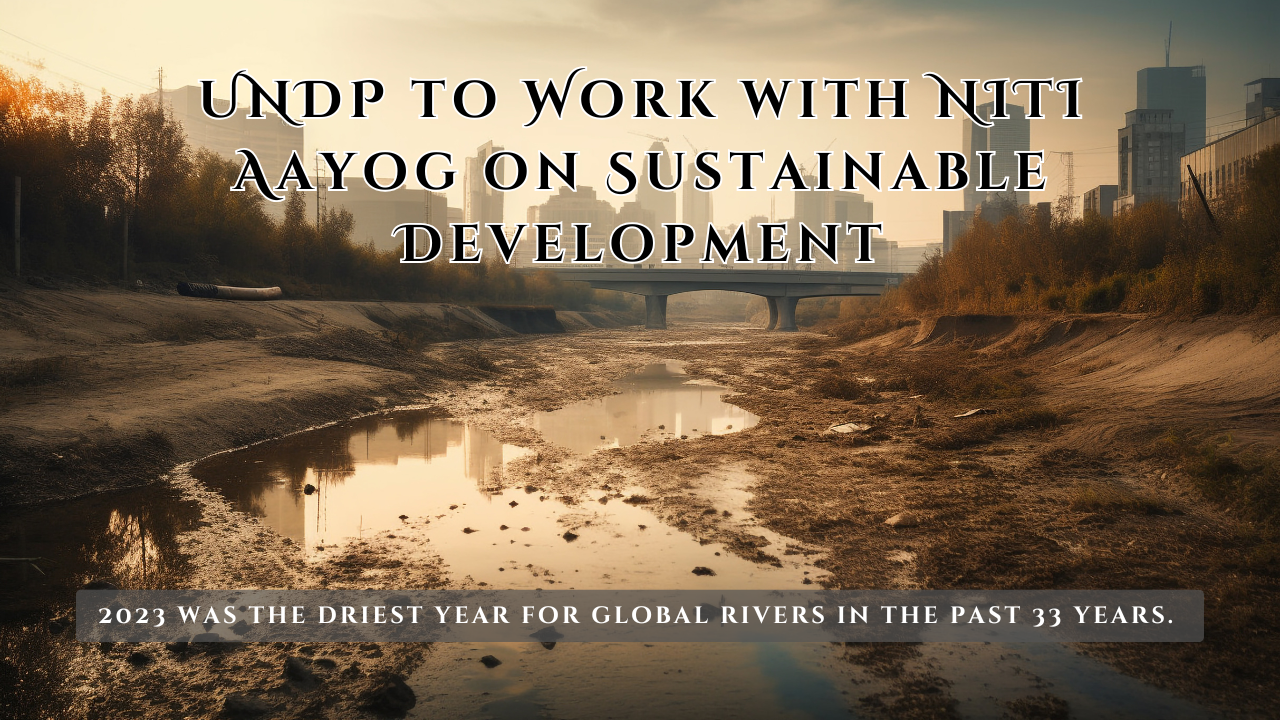Font size:
Print
Child Food Poverty
Context:
Over 180 million children are significantly lacking proper nutrition according to the United Nations Children’s Fund (UNICEF) Child Food Poverty: Nutrition Deprivation in Early Childhood report.
Key Findings:
- Prevalence of Severe Child Food Poverty: Globally, 1 in 4 children under 5 are living in severe child food poverty, amounting to 181 million children.
- Twenty countries, including India, account for nearly two-thirds (65%) of children living in severe food poverty
- Income and Food Poverty: Severe child food poverty affects children from both poor and non-poor households, indicating that income is not the sole driver.
- Nutrient Deficiency and Unhealthy Foods: Children in severe child food poverty lack access to nutrient-rich foods, while unhealthy foods are increasingly part of their diets.
- Impact of Crises: Global food and nutrition crises, conflicts, and climatic shocks are worsening severe child food poverty, particularly in fragile countries.
- Undernutrition Link: Severe child food poverty is strongly linked to child undernutrition; countries with high child stunting rates have three times higher prevalence of severe child food poverty.

What is Child Food Poverty?
- It is the children’s inability to access and consume a nutritious, diverse diet in early childhood.
- Focus: First five years of life due to critical nutritional needs and sensitivity for physical and brain development.
- UNICEF introduced this to highlight poor diet quality and deprivation in early childhood, aiming to meet Sustainable Development Growth (SDG) nutrition targets for children under 5.
Forces Driving Severe Child Food Poverty
- It is driven by poor food environments disrupting access to nutritious and diverse foods.
- Poor feeding practices undermine young children’s diets.
- Household income poverty means that families cannot afford nutritious and diverse diets for their children
- It is the result of systems that are failing and not families that are failing.
- Failing food, health, and social protection systems result in inadequate diets, lack of essential nutrition services, and insufficient protection against malnutrition for young children.
Call to Action: Ending Severe Child Food Poverty

|
Measures taken in India to Prevent Child Food Poverty:
Constitutional Provisions for Child Food Poverty:
|



